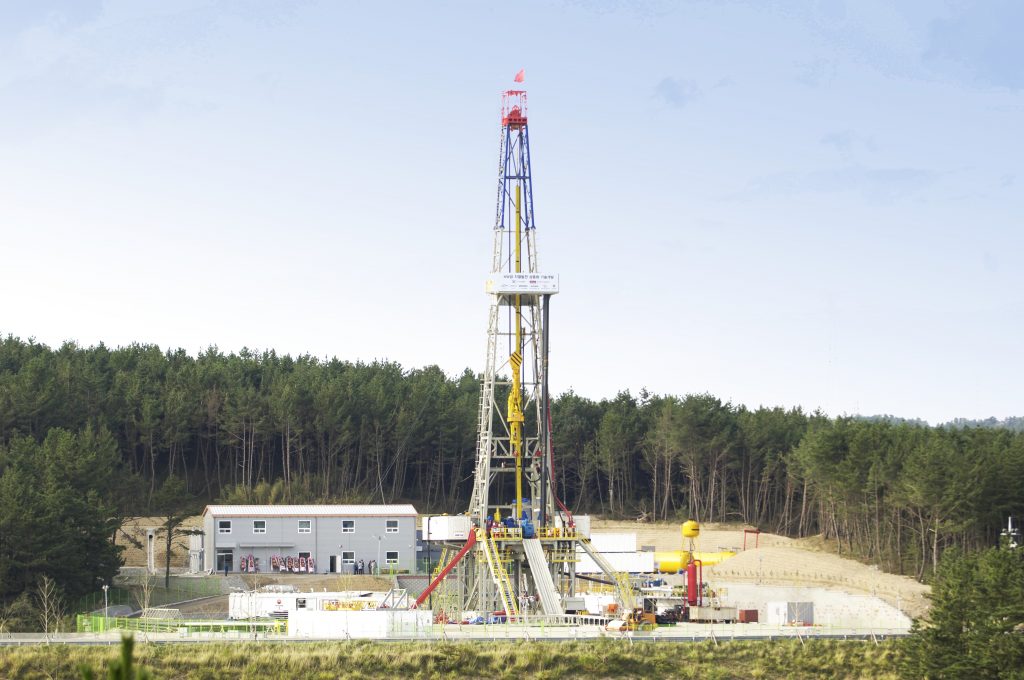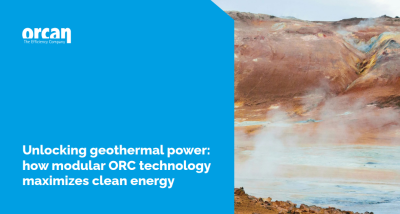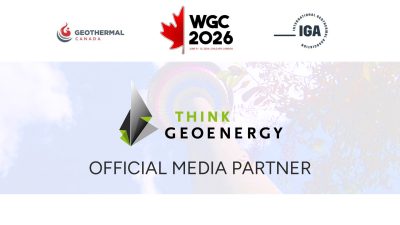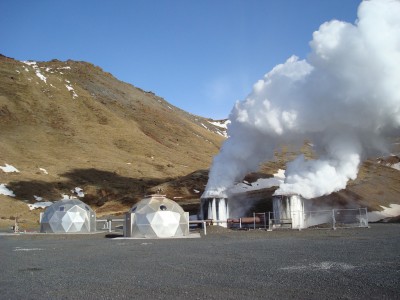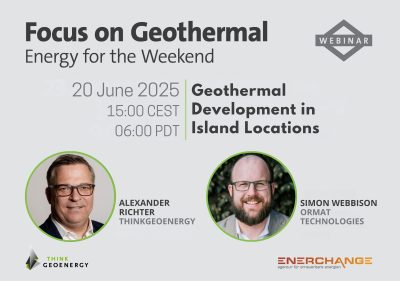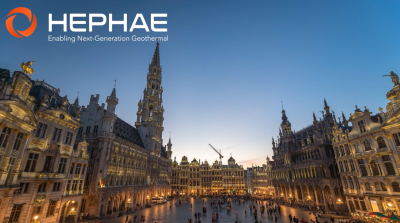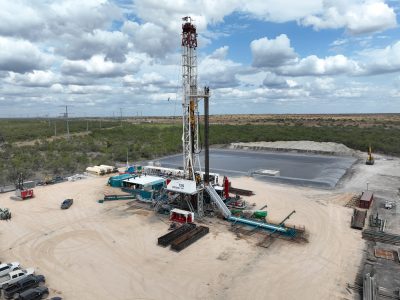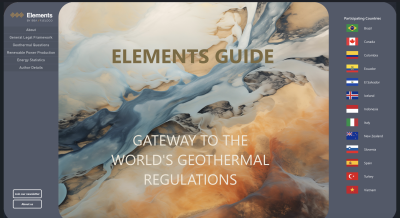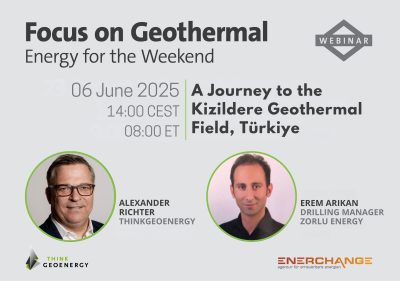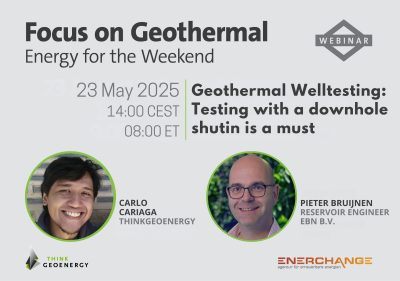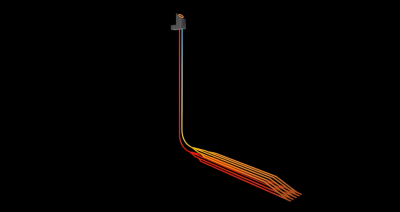Study – Reducing the risk of seismicity with right injection strategy
A recent study shares details on a strategy that can help to reduce the risk of seismicity in geothermal development and reservoir stimulation.
Seismicity has been a big topic in geothermal energy development, and in particularly induced seismicity by developers felt by the population.
In the approach of stimulating reservoirs to increase permeability or create reservoirs artificially, water is injected in large quantities under high pressure. With this hydraulic stimulation, vibrations occur underground. This bears a certain risk of seismicity felt as earthquakes on the surface.
The question has been how one can reduce that seismic risk, which a new study published in Geophysical Research Letters recently addresses.
In the study, “Bentz and co-workers analyzed the temporal evolution of seismicity and the growth of maximum observed moment magnitudes for a range of past and present stimulation projects. Their results show that the majority of the stimulation campaigns investigated reveal a clear linear relation between injected fluid volume or hydraulic energy and the cumulative seismic moments. For most projects studied, the observations are in good agreement with existing physical models that predict a relation between injected fluid volume and maximum seismic moment of induced events. This suggests that seismicity in most cases results from a stable, pressure-controlled rupture process, at least for an extended injection period. This means that induced seismicity and magnitudes could be managed by changes in injection strategy.”
For the full abstract, see link at the very bottom, or the link to the actual study here directly below.
The research paper: Stephan Bentz et al, Seismic Moment Evolution During Hydraulic Stimulations, Geophysical Research Letters (2020). DOI: 10.1029/2019GL086185
Source: Phys.org/ Helmholtz Association of German Research Centres
